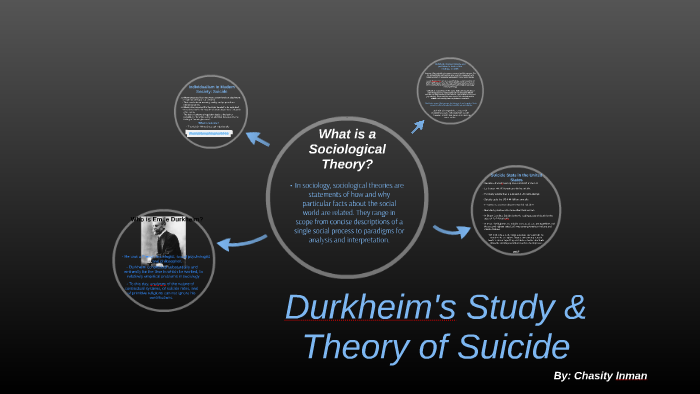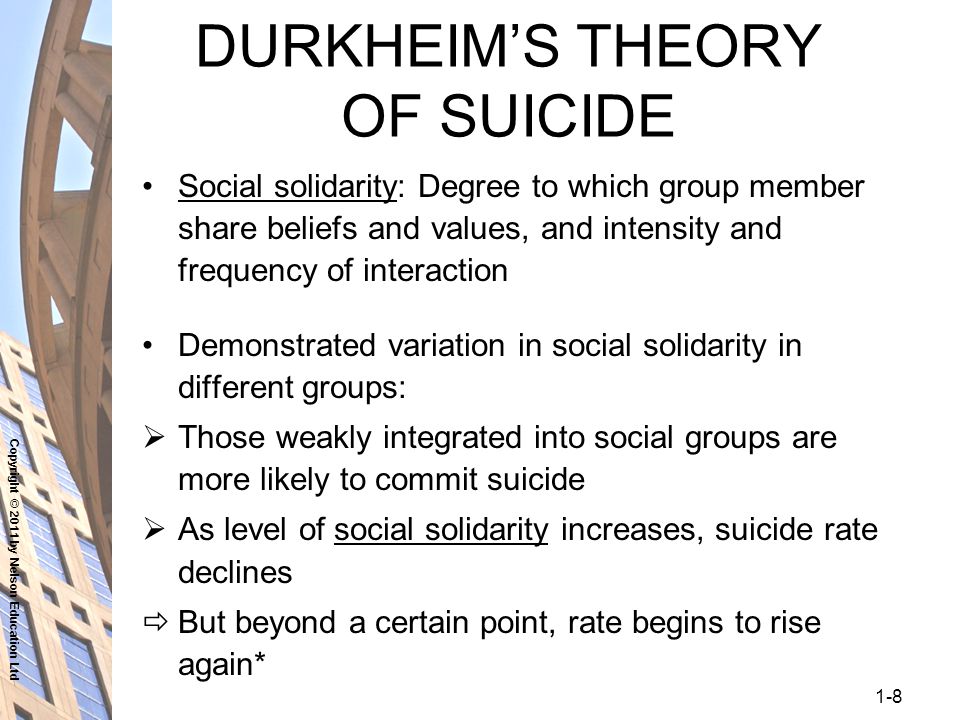Suicide is a complex and multifaceted phenomenon that has long been a subject of study in sociology, as well as in other disciplines such as psychology, public health, and anthropology. The study of suicide in sociology is often approached from a social-structural perspective, which focuses on the ways in which societal and cultural factors shape the likelihood of an individual committing suicide.
One well-known sociological theory of suicide was developed by French sociologist Émile Durkheim in the late 19th century. Durkheim argued that suicide rates are influenced by the degree of social integration and regulation within a society. According to Durkheim, individuals who are well-integrated and regulated within their social groups are less likely to commit suicide, while those who are less integrated and regulated are more likely to do so.
Durkheim identified four types of suicide: egoistic, altruistic, anomic, and fatalistic. Egoistic suicide occurs when an individual lacks a sense of belonging and connection to others, while altruistic suicide occurs when an individual is excessively regulated and controlled by their social group. Anomic suicide occurs when an individual experiences a sudden and dramatic loss of social norms and values, often due to social upheaval or economic disruption. Fatalistic suicide occurs when an individual feels powerless and trapped in a hopeless situation.
Other sociological theories of suicide have been developed since Durkheim's time, and they often draw on a variety of factors to explain why some individuals are more likely to commit suicide than others. These factors can include individual-level characteristics such as mental illness, substance abuse, and personal stressors, as well as broader social and cultural factors such as social isolation, economic inequality, and discrimination.
Sociologists have also studied the ways in which suicide is represented and stigmatized in different societies, and how these representations and stigmas can impact the behavior of individuals who are contemplating suicide. For example, research has shown that certain cultural and religious beliefs about suicide can discourage people from seeking help or seeking treatment for mental health problems that may lead to suicide.
Overall, the study of suicide in sociology helps us to understand the complex social, cultural, and individual factors that contribute to this tragic and often preventable form of death. By understanding these factors, we can work towards developing strategies to prevent suicide and support those who may be at risk.





